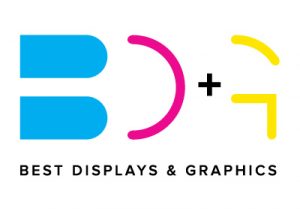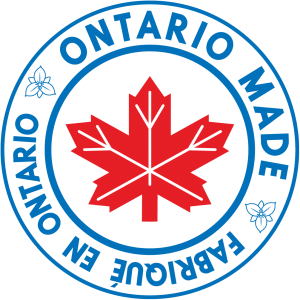March 13, 2013
Pop-up displays are one of the most effective means of communication at trade show events. Companies ranging from small local area businesses to large multinational corporations are now integrating pop-up displays within their event architecture. For companies considering this style of display option, it’s important to know which displays are the most suitable. With that in mind, in this post, we’ll focus on the two keys to purchasing the industry’s best pop-up displays.
1) Pop Up Displays Must Not Have an Aluminum Based Frame
Many companies have found to their detriment that pop-up display frames constructed from aluminum can become misshapen during use. Once displays become bent out of shape, the graphics within the display will never be able to attain the same aesthetic shape, limiting the return for the business on their display investment. The structure of the aluminum is not strong enough to support heavy display materials and therefore businesses must find displays that feature fiberglass or carbon fiber material in order to recoup full value.
2) Accessories Often Drive Pop Up Display Success
Pop-up displays are scalable display products that are built to integrate an array of accessories. Companies must purchase systems that can be seamlessly updated in order to improve promotional campaign results. For example, a specific event might require the addition of multimedia options to the display as part of a product rollout. By speaking with trade show specialists in the local area, companies can find the ideal pop-up displays to form the foundation for their future campaign success.
Pop-up displays are the leading cost-effective display material for today’s business event. The research conducted in selecting their requisite style of the pop-up display will determine the level of return companies receive for their investment.

